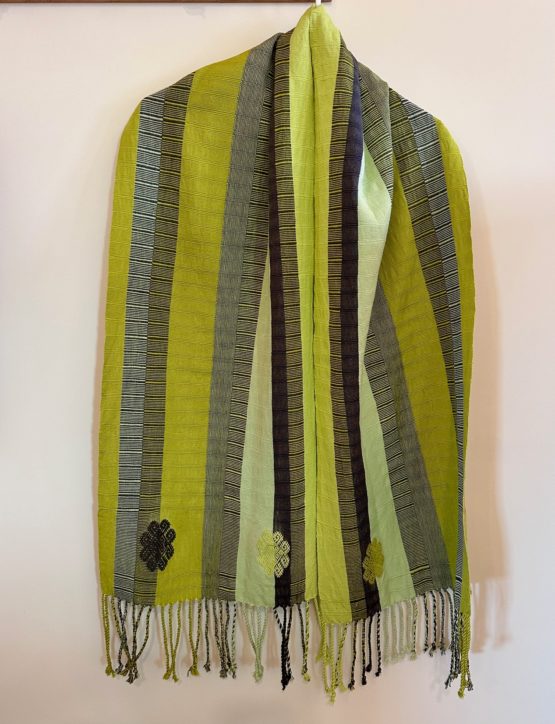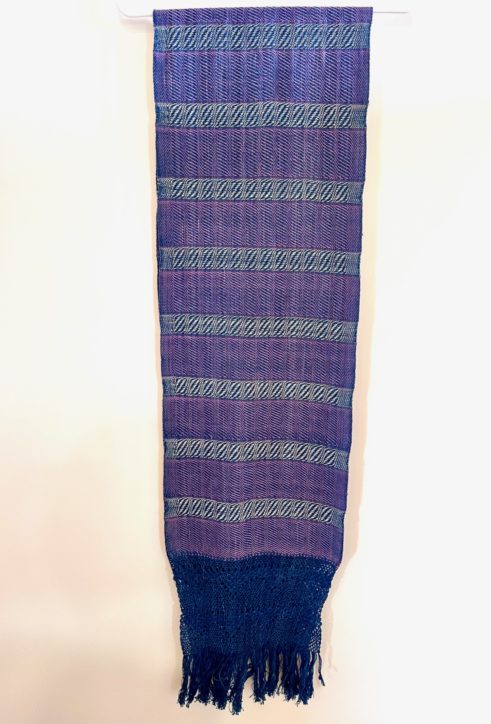January 2-8, 2025, seven days, six nights in Teotitlan del Valle, Oaxaca, Mexico.
It’s the start of 2025, a new year, and we are inspired to revisit the years passed and the one that now begins. What are our hopes, dreams, wishes, aspirations. What are our regrets. What memories come up that bring us gratitude, regrets, joy, or sadness. With published, award-winning author Marcia Meier guiding us, we approach our writing with honesty, openness, emotion and directness, to visit and revisit the people, places that shaped us. We express our yearnings, dig in and go deep, and to write in whatever genre speaks to us: memoir, journaling, fiction, personal essay, creative nonfiction, and poetry. We are here to express our relationship with life, love, loss and mourning. The new year is a launching pad to express ourselves.
New and seasoned writers are welcome. Come to kindle and rekindle the writer’s life.
A $500 deposit will secure your reservation. The cost is $2,395 for a shared room, and $2,995 for a private room. Space is limited to 10 writers.
Our Preliminary Schedule
Wednesday, January 2—Arrive to Oaxaca, travel to and settle into our Teotitlan del Valle retreat center by 4 p.m. Transportation from the airport to the village is at your own expense. Welcome dinner at 6 p.m. Introductions, schedule, and questions. Sign-ups for consultations.
Thursday, January 3—Breakfast is at 8 a.m. Writing workshop (including group feedback) with Marcia from 9 a.m. to noon; lunch from noon to 1:30; free writing time and individual 45-minute consultations 1:30-4:30 p.m. (consultations will be scheduled with Marcia during the welcome dinner on January 2; local artisan visit 4-30-6 p.m.; dinner at 6:30 p.m.
Friday, January 4—Breakfast is at 8 a.m. Workshop from 9 a.m.-noon with Marcia; lunch is noon to 1:30 p.m. Special topic “Crafting Your Project”, from 1:30-2:15 p.m. Free writing time and individual consultations 2:15-5:30. Dinner at 6:30 p.m.
Saturday, January 5—Breakfast is at 8 a.m. Workshop from 9 a.m.-noon with Marcia. Lunch is on your own in the village. From noon to 4 p.m. you have free time to either explore the village or to continue to write on your own. We will schedule individual consultations from 2:30-5:30 p.m. Dinner is at 6:30 p.m.
Sunday, January 6— Breakfast at 8 a.m. Special topic, “Getting Published” 9-10 a.m. We will depart by van to the famous outdoor Tlacolula Market to explore local culture. Lunch will be with a traditional cook whose comedor is near the market. Workshop session will be held from 3-6 p.m. Light supper at 7 p.m.
Monday, January 7— Breakfast at 8 a.m. Workshop from 9 a.m.-noon with Marcia. Lunch on your own. Free writing time and individual consultations 1:30-5:30 p.m. 6 p.m. Final reading of work created during the week, followed by a Grand Finale Dinner.
Tuesday, January 8—Breakfast at 8 a.m. Goodbyes and departure. We will help you arrange transportation to the airport or the city by private taxi at your own expense.
We can also recommend lodging where you can extend your stay in Oaxaca City — come a few days early or stay later!
We reserve the right to make itinerary changes and substitutions as necessary.



Marcia Meier is an experienced workshop leader and published author who has led writing workshops for nearly 20 years. A longtime book editor and publisher, she is skilled at helping new and advanced writers find their voice on the page, learn the basics of craft, and giving effective and thoughtful feedback on work.
During each workshop day, we will have a brief craft discussion, share work and get feedback from Marcia and workshop participants. Marcia will also provide prompts for daily writing, with time to begin crafting your daily writing during workshop, if the schedule allows. Please bring a piece of writing (personal narrative, fiction or poetry) of no more than 1,000 words to get started.
What can you take away from this workshop? Deep understanding of how to craft an effective, persuasive and moving piece of writing; camaraderie with other like-minded writers and creatives; learning in a stunningly beautiful environment; and immersion in a friendly and ancient culture steeped in music, art, crafts, and spirituality. You’ll leave with increased skills, new friends, and deep gratitude for new experiences in a different culture.
Meet Marcia Meier
Marcia Meier is an award-winning writer, developmental book editor, writing coach, and publisher of Weeping Willow Books.
Marcia’s latest book, Face, A Memoir, was published in January 2021 by Saddle Road Press. Face was shortlisted for the Eric Hoffer Book Award grand prize and won honorable mention in the memoir category.

Her anthology, Unmasked, Women Write About Sex and Intimacy After Fifty, co-edited with Kathleen A. Barry, Ph.D., was published in 2018. Her other books include Ireland, Place Out of Time (Weeping Willow Books, 2017), Heart on a Fence, (Weeping Willow Books, 2016), Navigating the Rough Waters of Today’s Publishing World, Critical Advice for Writers from Industry Insiders (Quill Driver Books, 2010) and Santa Barbara, Paradise on the Pacific, (Longstreet Press, 1996). Her podcast, “Girl Talk, Women, Aging and Sexuality,” can be heard on iTunes, Stitcher, Spotify and many other podcast platforms. Listen and subscribe here.
Marcia’s poems have appeared in Writers Resist, Prime Number Magazine online, the anthology Knocking at the Door, Poems About Approaching the Other, and Sage Trail Literary Magazine. She has studied with Carolyn Forché (Hedgebrook in March 2016) and Kim Addonizio (six-week poetry workshop in fall 2017). A newspaper journalist for nearly 20 years, she has freelanced or written for numerous publications, including the Los Angeles Times, The Writer magazine, Santa Barbara Magazine, Pacific Standard Magazine online and The Huffington Post.
She holds a bachelor’s degree in journalism and an MFA in creative writing, and has taught writing workshops and numerous college and university courses.
Marcia is a member of the Author’s Guild and the Association of Writers and Writing Programs. She loves to take photographs, walk on the beach, write poetry and read good fiction.
Learn more about Marcia, her books, and other work at www.marciameier.com and www.weepingwillowbooks.com.



Teotitlan del Valle is our base. It is an ancient weaving village about thirty minutes beyond the hubbub of the city where ancient rituals are practiced much as they were hundreds of years ago. Our location provides a source of inspiration and spiritual connection.
There will be optional daily activities in our schedule: afternoon walks, and mini-seminars on writing topics such as writing effective description and dialogue, grammar, or submitting creative work for publication. Each person will have a private coaching session, too.
We will also schedule visits to local artisans to see how they make their work.



What is included?
- Complete instruction with five workshop sessions
- 6 dinners
- 6 breakfasts
- 3 lunches
- 6 nights lodging
- transportation to Tlacolula Market
- artisan honoraria for demonstrations
- mini-seminars on writing topics
- one coaching session
What is a Workshop Session? The group meets daily for about three hours to actively listen to each other’s writing, giving supportive and constructive feedback about what resonates or not. We offer guidelines for the process. Everyone takes a turn to read and everyone participates. Writers may accept or reject suggestions. Workshops offer an important learning tool for writers to gain feedback about how their words are communicated and understood.
How to Register: Cost is $2395 person for a shared room, and $2995 for a private room. A non-refundable $500 deposit will reserve your space. Send us an email to say you want to attend and if you want a shared or private room. We will send you a request for payment via Zelle transfer (no fees) or Square invoice to use a credit card (3.5% service fee) to secure your space. The balance will be due in two equal payments. The first payment will be due on July 1, 2024. The second and final payment will be due on October 1, 2024.
Note: If you register after July 1, then the first payment will be $500 + half of the workshop fee.
Required–Travel Health/Accident Insurance: We require that you carry international accident/health/emergency evacuation insurance with a minimum of $50,000 of medical evacuation coverage. Proof of insurance must be sent at least 45 days before departure. Unforeseen circumstances happen! Be certain your passport has at least six months on it before it expires from the date you enter Mexico!



Plane Tickets, Arrivals/Departures: Please send us your plane schedule at least 45 days before the trip. This includes name of carrier, flight numbers, arrival and departure time to/from our program destination.
Reservations and Cancellations. We accept payment with Square or Zelle. We will send you an invoice when you tell us you are ready to register. After October 1, 2024, refunds are not possible. If you cancel on or before October 1, 2024, 50% of your deposit will be refunded, less the $500 reservation fee. After that, there are no refunds.
To further explain: if we cancel, participants receive a 100% refund.
Travelers are required to take out international travel insurance. If you are too sick to travel and/or come down with covid, or your flights are cancelled or any other legitimate reason, you would file a claim for reimbursement with the insurance company.
Covid is still with us. Please confirm that you have had all vaccines. Please bring 3 covid test kits and face masks for protection in densely populated markets.
Terrain, Walking and Group Courtesy: The altitude is almost 6,000 feet. Streets and sidewalks are cobblestones, some narrow and uneven. We will do some walking. If you have mobility issues or health/breathing impediments, please let me know before you register. Traveling with a small group has its advantages and also means that independent travelers will need to make accommodations to group needs and schedule. We include plenty of free time to go off on your own if you wish.
How to Get To Oaxaca: United Airlines operates direct flights from Houston. American Airlines operates direct flights from DFW. Delta Airlines has a codeshare with AeroMexico with a connection to Oaxaca from Mexico City. All other major airlines fly to Mexico City where you can made independent connections on Interjet, and VivaAerobus. Check Skyscanner for schedules and fares before you book. Note: I always book directly with the carrier for better customer service.
Workshop Details and Travel Tips: Before the workshop begins, we will email you study tour details and documents that includes travel tips and information.
To get your questions answered and to register, contact Norma Schafer. This retreat is produced by Norma Schafer, Oaxaca Cultural Navigator LLC.










































